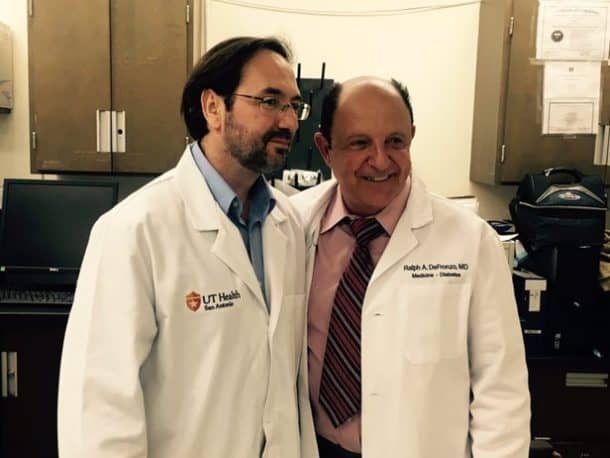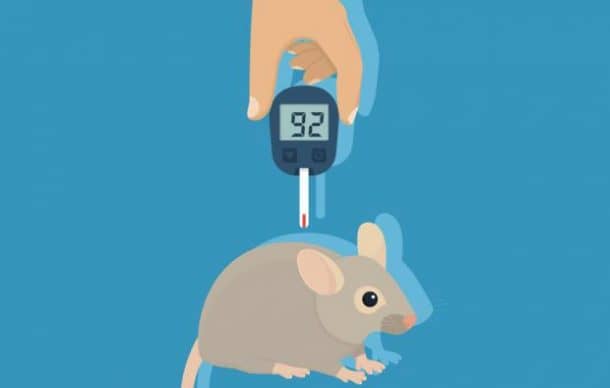As per Center for Disease Control, 1.25 million people are suffering from type 1 diabetes in the USA. It is managed by taking prescribed food and a regular dose of insulin but scientists at UT Health San Antonio have successfully invented a way to cure the disease in mice. People are hoping that this might be able to do for humans as well with type 2 diabetes.
Type 1 diabetes is a particularly unpleasant condition in which pancreas stops the production of insulin required by the body to metabolize sugar until and unless injected with artificial insulin. Type 1 diabetes is as deadly as cancer. Type 2 is a comparatively less severe form of diabetes than type 1. In this form, the pancreas produces insulin but it is insufficient for the body. However, it can often be managed and controlled through diet.
Diabetes is an autoimmune disease. The insulin production in the body is done by specialized cells in the pancreas called the beta cells. Sometimes, the body’s immune system turns against itself and destroys those beta cells, hence resulting in diabetes type 1. Diabetes results when the destruction of the beta cells is over 80 percent.

Bruno Doiron and Ralph DeFronzo, the UT Health technique uses gene transfer to alter the cell chemistry in the pancreas of the mice to make them think they are beta cells and start producing insulin. The procedure involves taking selected genes from external beta cells and using viruses as carriers to move them into the new host cells in the diabetic pancreas.
DeFronzo said that the altered cells then produce insulin but only in the presence of sugar. This is exactly how a functioning beta cell is supposed to work. Otherwise, the cells would just keep cranking out the hormone and metabolize all of the sugar in the blood causing hypoglycaemia. Only about 20 percent of the lost cells needs replacement, but if new beta cells are introduced, there are chances that the body would attack and destroy them as well. A huge advantage of this technique is that it works around the autoimmune system, and it ignores the altered cells.

“If a type 1 diabetes has been living with these cells for 30, 40 or 50 years, and all we’re getting them to do is secrete insulin, we expect there to be no adverse immune response,” says DeFronzo.
The team says that between curing a mice with diabetes and achieving the same thing in humans is very different. They said they will start a clinical trial in three years but more animal testing is needed first at a cost of about US$5 million. Moreover, they will also need to make an application to the US Food and Drug Administration for investigational new drug approval.
“It worked perfectly,” says Doiron. “We cured mice for one year without any side effects. That’s never been seen. But it’s a mouse model, so caution is needed. We want to bring this to large animals that are closer to humans in the physiology of the endocrine system.”


